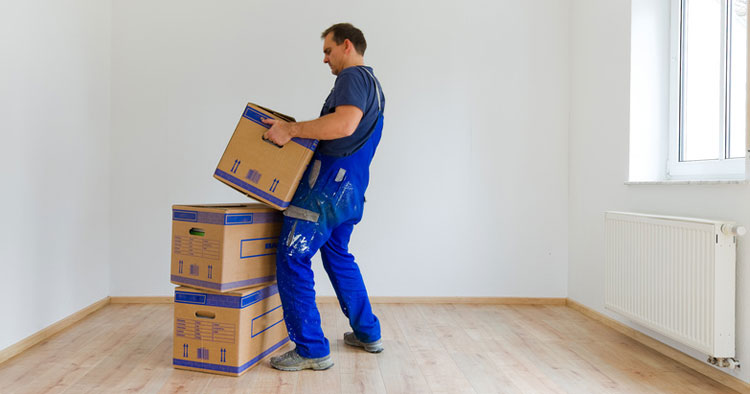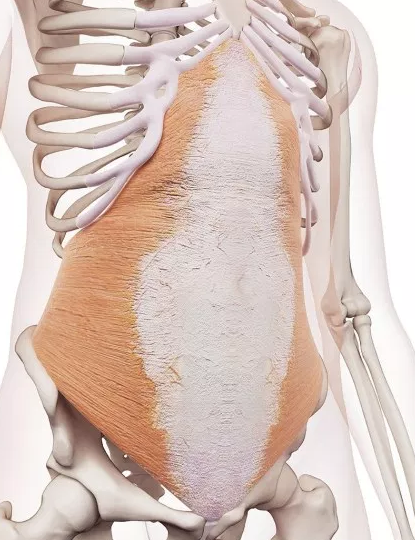Back and Joint Pain
Spotlight On Your Transverse Abdominal Muscle
Transverse Abdominal Muscle, Your Corset Muscle
Your abdominal muscles consist of the external and internal abdominal obliques, the rectus abdominis and the transverse abdominal muscle forming the anterior and lateral abdominal wall. These muscles act together forming a firm wall protecting internal organs, supporting the spine helping with maintaining postures and lifting, as well as assisting with expiration when breathing, coughing, sneezing, and other bodily functions.
Your transverse abdominal muscle goes by a number of names and is also referred to as transverse abdominis, transversalis muscle, transversus abdominis muscle, TVA, TA and more affectionately as the “corset muscle” or the body’s natural weight-lifting belt.
Your TA is the deepest of the abdominal muscles, and is a thin muscle layer lying deep to your internal oblique muscle. The TA attracts its name from the direction of its fibers, which transverse around the abdominal wall rather than an angular or vertical fiber direction as with the TA abdominal counterparts.
Anatomy Of Your Transversus Abdominis Muscle
As previously stated your TA muscle is the deepest of the abdominal muscles, a thin muscle who’s fibres run horizontally from back to front ending anteriorly in a broad aponeurosis in the mid line of the abdomen. The image seen below highlights more specifically the TA muscle anatomy.
Function Of The Transverse Abdominal Muscle
The transverse abdominal muscle helps to compress your ribs and viscera, providing thoracic and pelvic stability. Capable of bracing and stabilizing the core during heavy lifting, hence the nomenclature the “corset muscle”. It is suggested that this core contraction of the abdominal muscles can reduce vertical pressure on the intervertebral discs of the spine by up to 40%. It is often targeted for strengthening by many personal trainers and physiotherapists alike when treating chronic low back pain. The transverse abdominal muscles role in reducing low back pain is debated given it’s size being around 1mm thick and the mixed view regarding to role of bracing the “core” with movements and psotures. However having a strong trunk in general which can include your TA makes relatively good logic when looking to managing back pain, or bounce back after an episode of low back pain. Without a stable trunk your spine is less stable and as well as this a weaker trunk may impact the ability to recruit muscles in the upper and lower limbs efficiently, impacting functional movements if you don’t have a stable spine and core to operate these limbs from. The contraction of your TA alongside other trunk muscles work to stabilise the lumbar spine and pelvis before movement of your upper and/or lower limbs takes place and therefore having a stable trunk can assist fluid movement of the body in general.
Disclaimer: Sydney Physio Clinic does not endorse any treatments, procedures, products mentioned. This information is provided as an educational service and is not intended to serve as medical advice. Anyone seeking specific advice or assistance regarding Spotlight On Your Transverse Abdominal Muscle should consult his or her general practitioner, sports medicine specialist, personal trainer or physiotherapist.



